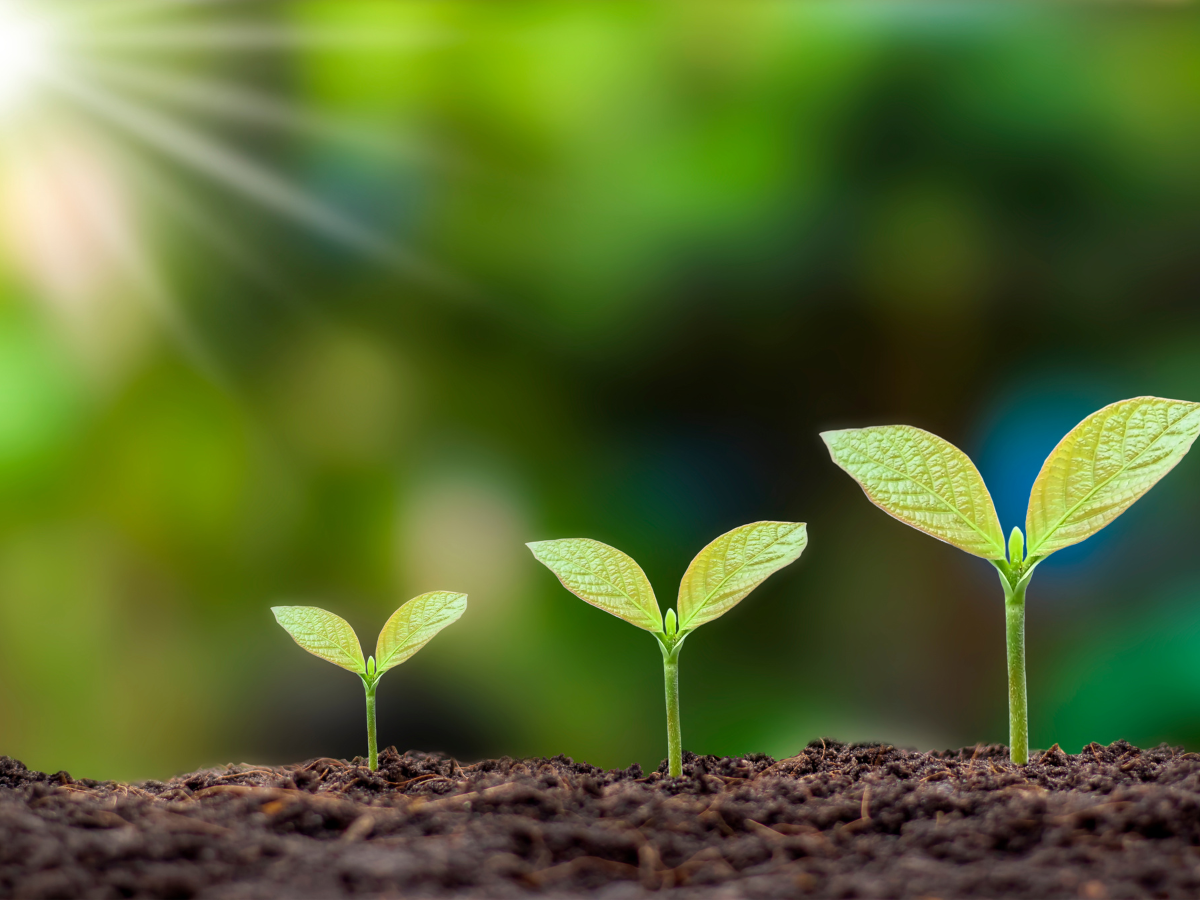Growing Tomorrow’s Food Today: The Smart Farming Revolution

In the face of a rapidly growing global population and the challenges posed by climate change, agriculture stands at a crucial crossroads. The need to produce more food with fewer resources has given rise to a revolutionary approach known as Smart Farming. This innovative blend of technology and agriculture holds the key to sustainable and efficient food production for the future.
The Need for Change
As the world’s population continues to expand, estimates suggest that we will need to produce 70% more food by 2050 to meet the growing demand. Climate change adds another layer of complexity, with unpredictable weather patterns affecting crop yields and water availability. Traditional farming methods are proving insufficient to meet these challenges, making it imperative to embrace new, smarter approaches.
The Rise of Smart Farming
Smart Farming, also known as precision agriculture, is a technological revolution that leverages the power of data, sensors, and automation to optimize farming practices. This approach allows farmers to make informed decisions based on real-time information, resulting in increased efficiency, reduced waste, and improved sustainability.
Key Components of Smart Farming
- IoT and Sensors:
Integrating the Internet of Things (IoT) and sensors into agricultural practices provides farmers with valuable data on soil health, crop conditions, and weather patterns. These real-time insights enable precise decision-making and resource allocation. - Data Analytics:
Smart farming relies heavily on data analytics to interpret the vast amounts of information collected. Advanced algorithms can analyze historical data, identify trends, and make predictions, empowering farmers to optimize crop management strategies. - Drones and Satellite Imaging:
Drones and satellite imaging offer a bird’s-eye view of the entire farm, providing detailed information on crop health, pest infestations, and irrigation needs. This technology enables targeted interventions, reducing the need for broad-spectrum treatments and minimizing environmental impact. - Automation and Robotics:
Automation and robotics play a crucial role in smart farming by performing tasks such as planting, harvesting, and weeding with precision and efficiency. This not only reduces labor costs but also minimizes human error.
Benefits of Smart Farming
- Increased Efficiency:
Smart farming streamlines operations, optimizing resource use and minimizing waste. This leads to increased efficiency in both input utilization and crop output. - Sustainable Practices:
By precisely managing resources like water, fertilizers, and pesticides, smart farming promotes sustainable agricultural practices. This reduces environmental impact and ensures the long-term health of the land. - Cost Savings:
The data-driven approach of smart farming allows for better resource allocation, reducing unnecessary expenses. This, in turn, increases the profitability of farming operations. - Resilience to Climate Change:
Smart farming equips farmers with the tools to adapt to changing climate conditions. By monitoring and adjusting to environmental factors in real-time, farmers can mitigate the impact of climate-related challenges on their crops.
The smart farming revolution is transforming the agricultural landscape, offering a sustainable and efficient path forward for tomorrow’s food production. As we embrace the integration of technology into traditional farming practices, we are not only ensuring food security but also paving the way for a greener and more resilient future. The journey towards growing tomorrow’s food today has begun, and smart farming is leading the way.






